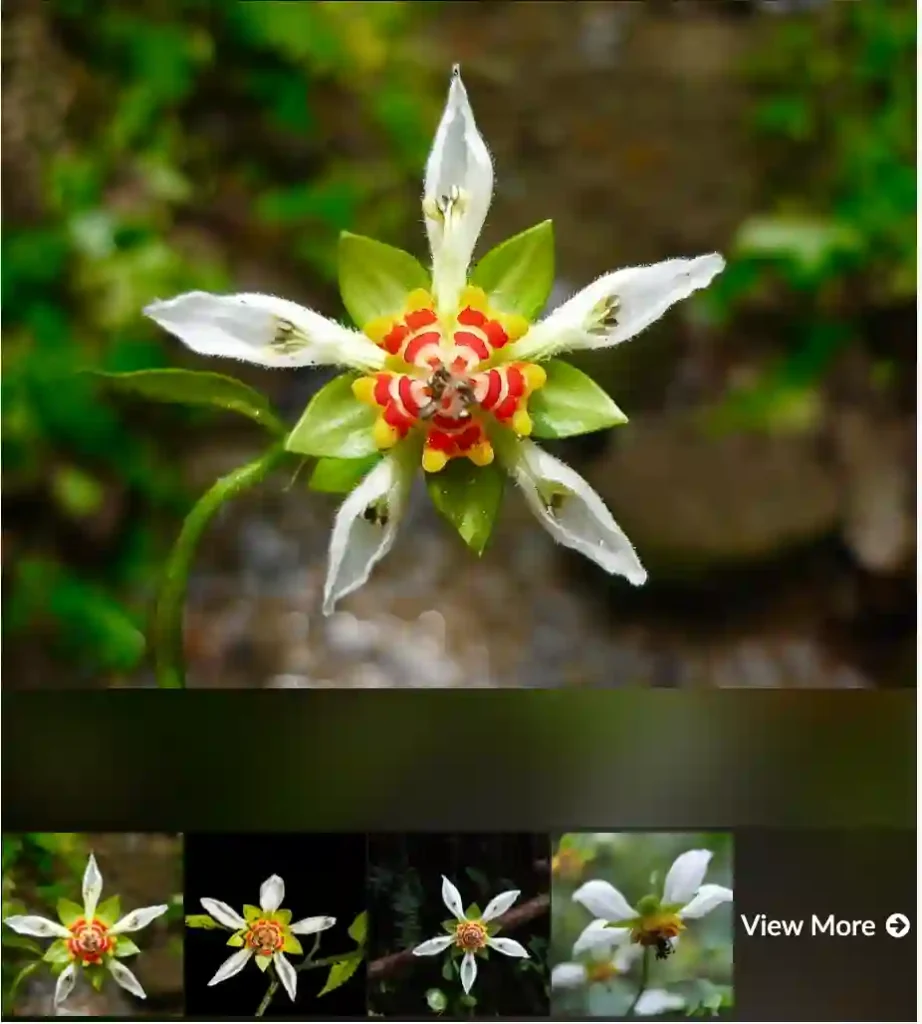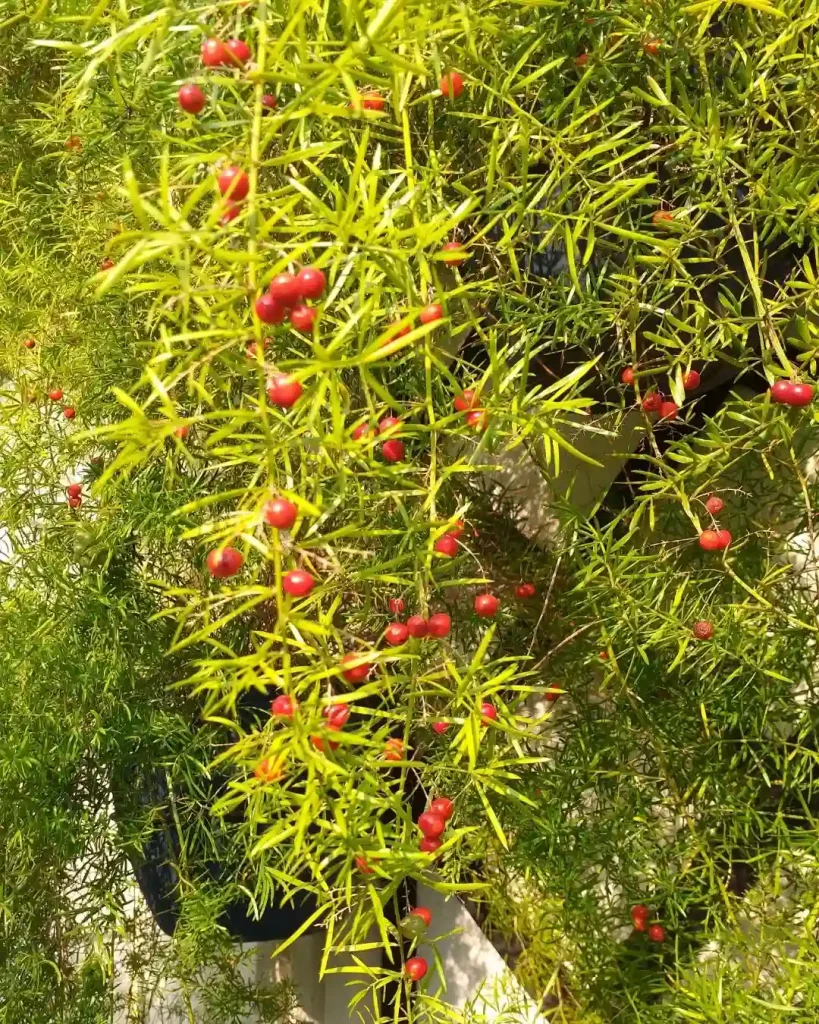FAQs About Lavandula Meerlo
Lavandula Meerlo is one of those plants that immediately draws attention. Its striking variegated foliage and strong, fragrant scent make it a favorite in many gardens. Over the years, I’ve grown and nurtured this plant, learning its quirks and benefits. Below are some of the most frequently asked questions I’ve encountered about Lavandula Meerlo.
49 Species in Genus Lavandula
What Is Lavandula Meerlo?
Lavandula Meerlo is a unique variety of lavender known for its variegated leaves. Unlike other lavender plants, which typically have solid green leaves, Meerlo’s foliage is edged with creamy white, creating a striking contrast. This plant is not only ornamental but also highly fragrant, emitting a strong, classic lavender scent. Originating from Australia, it’s a hybrid that combines the best of both worlds: the toughness of Mediterranean lavenders and the decorative appeal of variegated plants.
How to Care for Lavandula Meerlo?
Caring for Lavandula Meerlo is relatively straightforward, but there are a few key things to keep in mind to ensure it thrives:
Light Requirements
Lavandula Meerlo loves sunlight. To keep it healthy and vibrant, plant it in a spot that gets at least six hours of direct sunlight each day. Insufficient light can lead to leggy growth and less vibrant foliage.
Soil Conditions
This lavender variety prefers well-draining soil. It thrives in sandy or loamy soils that are slightly alkaline. If your soil is heavy or clay-like, consider amending it with sand or grit to improve drainage.
Watering Needs
Lavandula Meerlo is drought-tolerant once established, but it still needs regular watering, especially during its first year of growth. Water the plant deeply, but allow the soil to dry out between waterings. Overwatering can lead to root rot, which is one of the few things this hardy plant can’t withstand.
Pruning
To keep Lavandula Meerlo looking its best, prune it back in early spring or after it finishes flowering. Pruning helps maintain its shape and encourages new growth. Be sure to remove any dead or woody stems to keep the plant vigorous.
Fertilization
Lavandula Meerlo doesn’t require heavy feeding. A light application of a balanced, slow-release fertilizer in the spring is usually sufficient. Avoid high-nitrogen fertilizers, as they can lead to excessive foliage growth at the expense of flowers.
How to Propagate Lavandula Meerlo?
Propagating Lavandula Meerlo is a rewarding process, and I’ve had success with several methods. Here’s how you can do it:
Cuttings
The most common method of propagation is through cuttings. In late summer, take a 4-6 inch cutting from a healthy, non-flowering shoot. Remove the lower leaves, dip the cut end in rooting hormone, and plant it in a pot filled with a mix of perlite and peat. Keep the cutting moist and in indirect light until roots develop, which usually takes a few weeks.
Layering
Another method is layering, where you bend a low-growing stem to the ground and cover it with soil, leaving the tip exposed. After a few months, roots will form at the buried section, and you can cut the new plant away from the parent and replant it.
What to Plant With Lavandula Meerlo?
Lavandula Meerlo pairs beautifully with other sun-loving plants. I’ve found that it looks particularly stunning when combined with:
- Salvia: The spiky flowers of salvia contrast well with Lavandula Meerlo’s bushy form.
- Rosemary: Both plants have similar care requirements, making them perfect companions.
- Echinacea: The bold, bright flowers of Echinacea add a pop of color that complements the subtle tones of Lavandula Meerlo.
How to Use Lavandula Meerlo in the Garden?
Lavandula Meerlo is versatile and can be used in various garden settings:
Borders and Edging
Its compact size and striking foliage make it ideal for borders and edging. The variegated leaves create a natural highlight that can define garden spaces.
Container Gardening
Lavandula Meerlo thrives in containers, where its scent can be appreciated up close. I like to place pots of it near patios or walkways, where the fragrance can be enjoyed by anyone passing by.
Pollinator Gardens
Lavandula Meerlo is a magnet for bees and butterflies. Incorporating it into a pollinator garden can help support local wildlife while adding beauty to the space.
Is Lavandula Meerlo Toxic?
One of the great things about Lavandula Meerlo is that it is non-toxic to humans and pets. This makes it a safe choice for gardens where children and animals are present. However, like all plants, it’s wise to avoid ingesting large quantities.
Can Lavandula Meerlo Be Grown Indoors?
Yes, Lavandula Meerlo can be grown indoors, but it requires a lot of light. Place it in the sunniest window you have, ideally one that faces south. You may also need to supplement with a grow light during the winter months when natural light is weaker.
How Does Lavandula Meerlo Handle Cold?
Lavandula Meerlo is more frost-tender than other lavender varieties. It can tolerate temperatures down to about 20°F (-6°C), but prolonged exposure to frost can damage the plant. In colder climates, consider growing it in a container that can be moved indoors during the winter.
Lavandula Meerlo is a remarkable plant that brings beauty, fragrance, and a touch of the exotic to any garden. Whether you’re an experienced gardener or just starting, its ease of care and visual appeal make it a worthy addition to your plant collection.
If i die, water my plants!



